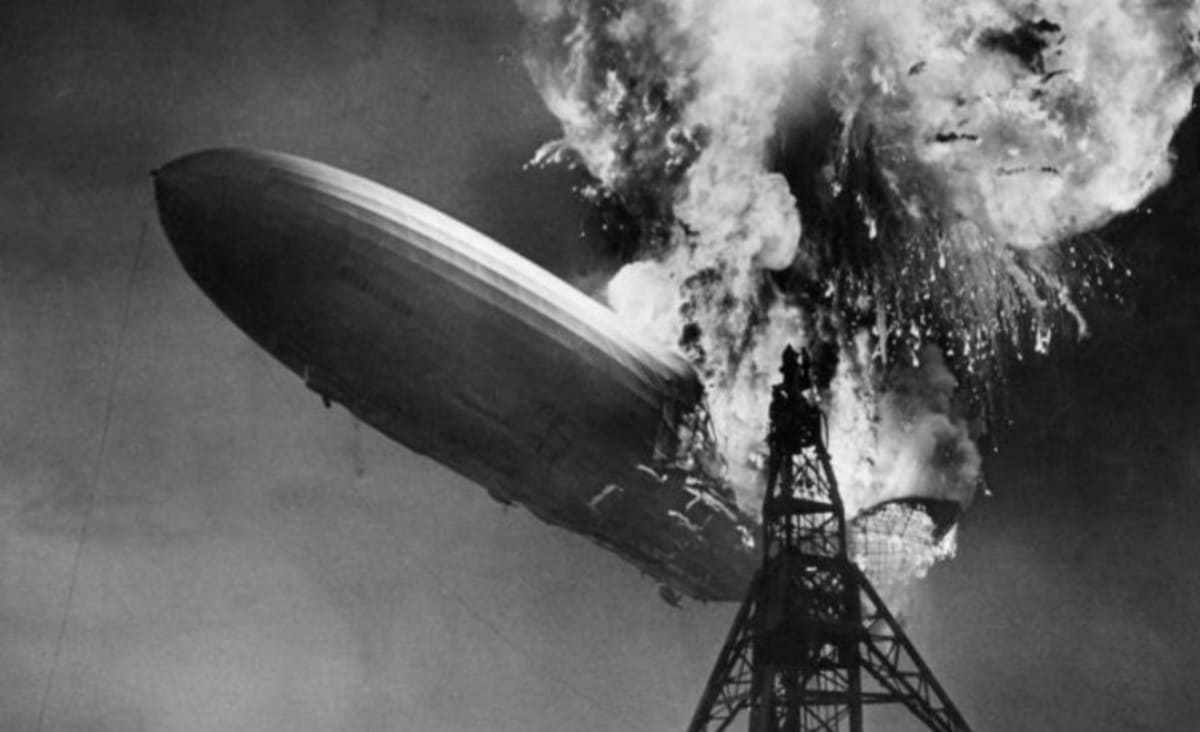
interestingengineering.com
An AI System Colorized and Upscaled Hindenburg Disaster Footage
On May 6, 1937, the German airship Hindenburg burst into flames while attempting to dock with its mooring tower. Watch the upscaled version of the footage here.
Culture & Entertainment
During a flight over New Jersey on May 6, 1937, the enormous German airship Hindenburg suddenly engulfed in flames while attempting to dock with its mooring tower. The airship plummeted to the ground in front of terrified onlookers, and in the 32 seconds it took for the zeppelin to be entirely incinerated, 35 people on the airship and one member of the ground crew died.
Although a spark of static electricity is assumed to be the cause of the fire, no consensus has been achieved on the subject. Moreover, there should never have been a fire in the first place. The original concept of the infamous disaster included filling the zeppelin with non-flammable helium gas, which the United States had a ban on exporting. German engineers had constructed it this way in the hope that the United States would withdraw the restriction, but when that didn't happen, the design was revised to use the flammable hydrogen as the filling gas, which is much easier to obtain and increased the ship's lift, allowing it to carry additional passengers cabins. Then, after 62 successful flights, the tragedy would follow.
The incident has been a part of popular culture since then, and its harrowing image can be seen on the album cover for Led Zeppelin's self-titled 1969 album or as a cutaway scene in Family Guy. And, more recently, as a subject for AI research.
Today, a YouTuber has upscaled, restored, and colorized the footage of the Hindenberg airship flying above New York City, as well as the disaster that followed using neural network artificial intelligence (AI), as first reported by IFL Science.
The restored footage of the flights, which included 10 round flights between the U.S. and Germany, as well as the disaster which takes place toward the end of the footage, can be seen in the video created by the YouTube channel Neural Networks and Deep Learning down below.
The footage was upscaled to 4K resolution at 60 fps with the help of several neural networks and deep learning using Topaz Labs. With the correct settings and proper tuning, the result is as sharp and colorful as it gets, bringing the tragedy back to life with AI color and depicting the disaster more vividly than ever before with state-of-the-art technology.
























































